Member Spotlight: Robert LoFaso, Expert in Fitness, Movement, and Static Stretching
Robert has extensive experience with conditions of all ages, having worked with clients with heart conditions, obesity, stroke, diabetes, spinal stenos and cancer.
Lost your password? Please enter your email address. You will receive a link to create a new password.
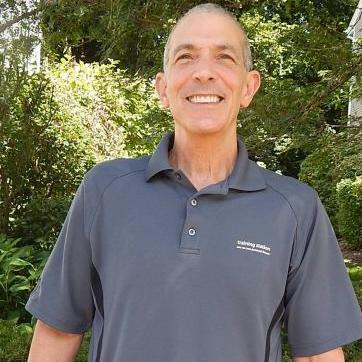
Robert has extensive experience with conditions of all ages, having worked with clients with heart conditions, obesity, stroke, diabetes, spinal stenos and cancer.
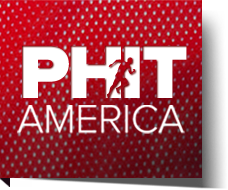
 The PHIT Act (Personal Health Investment Today) H.R. 1218 (U.S. House of Representatives) & S.2218 (U.S. Senate) is pending legislation that expands the IRS definition of a medical expense to include physical activity as a form of prevention. The practical impact of this definitional change would allow consumers to use their pre-tax medical accounts (HSAs & FSAs) on physical activity expenses to promote healthy lifestyles. The PHIT Act is an innovative concept that helps address two major Congressional concerns: (1) rising health care costs (2) the budget deficit. The rise in sedentary lifestyles is a major contributor to higher obesity rates and an increased incidence of expensive, preventable chronic illnesses. The PHIT Act will help reverse the ‘Inactivity Pandemic’ by providing an economic incentive to invest in physical activity. If enacted, physical activity expenses could be reimbursed using money in pre-tax medical accounts.
The PHIT Act (Personal Health Investment Today) H.R. 1218 (U.S. House of Representatives) & S.2218 (U.S. Senate) is pending legislation that expands the IRS definition of a medical expense to include physical activity as a form of prevention. The practical impact of this definitional change would allow consumers to use their pre-tax medical accounts (HSAs & FSAs) on physical activity expenses to promote healthy lifestyles. The PHIT Act is an innovative concept that helps address two major Congressional concerns: (1) rising health care costs (2) the budget deficit. The rise in sedentary lifestyles is a major contributor to higher obesity rates and an increased incidence of expensive, preventable chronic illnesses. The PHIT Act will help reverse the ‘Inactivity Pandemic’ by providing an economic incentive to invest in physical activity. If enacted, physical activity expenses could be reimbursed using money in pre-tax medical accounts.
With nearly 82 million Americans who are physically inactive, working out in a health club, attending a group fitness class, or hiring a personal fitness trainer are three ways that Americans of all ages can get off the couch and moving.
“The best way to address our health care crisis is to improve health through exercise and physical activity,” says Tom Cove, president/CEO, Sports & Fitness Industry Association (Silver Spring, MD). “Being a member of a health club can be a great way to stay physically active for a lifelong physical activity that can make a difference in the health of Americans. The PHIT Act will encourage increased participation in fitness activities.”
To encourage your local Congressman and two U.S. Senators to pass the PHIT (Personal Health Investment Today) Act, PHIT America has created an electronic letter on its website (PHITAmerica.org) which can be sent to members of Congress on Capitol Hill, asking them to co-sponsor and support the PHIT Act.
 HOW WOULD THE PHIT ACT WORK?
HOW WOULD THE PHIT ACT WORK?Currently, pre-tax medical accounts are primarily used for reimbursement of medical expenses once you become sick. The PHIT Act would allow taxpayers to place up to $2,000 a year in existing pre-tax medical accounts for reimbursement of physical activity expenses.
By attaching a financial incentive to a physically active lifestyle, it will result in improving the health of all Americans. The PHIT Act will put prevention in our health care system and increase spending in the fitness industry.
“The PHIT Act would allow funds to be applied to most fitness expenses, such as fitness equipment purchases (treadmills, elliptical machines, stationary bikes), health club memberships, group fitness classes, and fees for personal fitness trainers,” says Jim Baugh, founder, PHIT America, the non-profit cause working to get the PHIT Act passed.
The PHIT Act will also cover physical activity expenses such as sports league registration fees; pay-to-play fees;entry fees for 5K runs, triathlons, & marathons; and sport-specific equipment purchases such as golf clubs, baseball bats, soccer cleats, basketballs, and protective gear for baseball, football, and ice hockey.
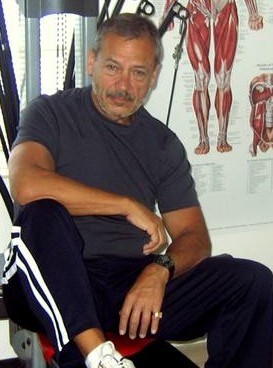
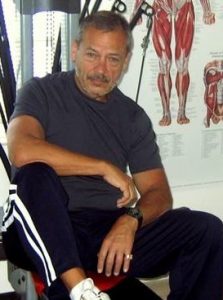 Name: Barry Bassin
Name: Barry Bassin
Location: Long Beach, CA
Website: BarryTheTrainer.com
Occupation: Fitness Professional
How did you hear about MFN?
As a certified health coach, I am always researching various health and medical conditions, especially with respect to applicable exercise guidelines. The Medical Fitness Network came up during one of my searches. I visited the MFN website and was instantly hooked.
How do you or your business help those with chronic disease/medical conditions or who need pre & postnatal care?
My job is to design an exercise and fitness program that is specific to each person as an individual. Exercise selection is a result of that process. And, of course, any exercise program must be safe and goal-specific. This includes lifestyle and self-exercise advice as well.
What makes you different from all the other fitness professionals out there?
It’s not for me to say that I am different from other fitness professionals; that’s for other people to say, if that’s what they believe, and if they have a basis for making comparisons.
But, I can say what kind of fitness professional I try to be, and to be that kind of fitness professional with each client, and with every member of each client’s health team with whom I may interact, and with all of my fitness colleagues.
There’s a joke about what dogs think about physicians: they’re like veterinarians, but only qualified to treat one kind of animal.
I work exclusively with older adults (age 60 through 90s), and people with health issues, ranging from musculoskeletal problems (arthritis, low-back pain, etc.) through chronic diseases and metabolic conditions (diabetes, insulin resistance, etc.). I have earned seven fitness certifications, including personal trainer, health coach, corrective exercise specialist, senior fitness specialist, orthopedic exercise specialist, and weight management specialist.
A quality certification says that there is something to know, and that you know it. This allows me to design exercise-based fitness programs that consider each client’s health and fitness issues and integrate them into each client’s fitness program without exceeding my scope of practice boundaries.
This is especially important when clients:
While there are many serious, well trained and highly qualified fitness professionals, it is a sad fact that the explosive growth of the fitness industry has also created too many certification mills that are nothing more than weekend seminars or dumbed-down correspondence courses, churning out minimally qualified trainers.
What is your favorite activity or class to participate in?
Two things:
1. Train your body the way you use your body.
Oher than swimming, there really isn’t much you do in a supine or prone position (i.e., lying down) that requires strength, endurance, and flexibility. Conversely, everything you do that requires strength, endurance, and flexibility, you do while standing, bending, stooping, gaiting, or rotating.
Except for clients who need to be seated during exercise, I train all my clients in a standing position. I call this vertical training, and it is the essence of true functional training, as not only are the targeted muscles for each exercise challenged, the synergistic and stabilizing muscles are involved as well. (Imagine swinging a golf club or throwing a ball if all you could use was your arms, while the rest of your body remained in a fixed position. You need your body to work as a whole integrated unit through its interconnected parts, known as the kinetic chain.) So, get your core off the floor, and train your body the way you use it.
2. I only use resistance bands and tubes.
Your muscles are stupid; they don’t know the difference between a dumbbell, a barbell, a resistance band, or a strength machine. They only know that a strength exercise has a degree of difficulty to perform it, regardless of the equipment. When the degree of difficulty for a specific muscle is the same across different kinds of equipment, the result of the training will be the same.
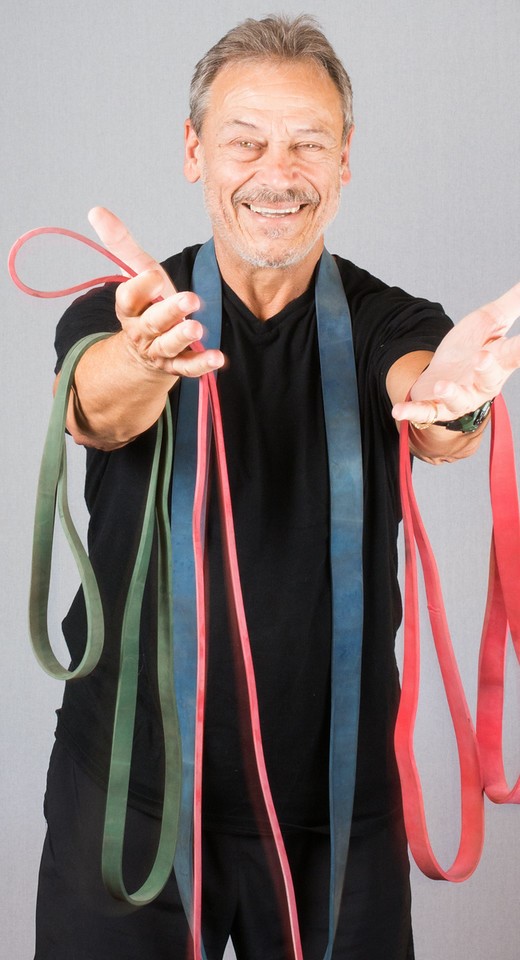 I use a combination of:
I use a combination of:
There is not a single exercise that can be done with free weights or machines that cannot be done with bands and tubes, whether it’s at the lightest resistance appropriate for a frail elderly client, to a maximum resistance that would be challenging for even hardcore weightlifters. And all while allowing natural body movement patterns, and without joint trauma. So, while your muscles won’t know the difference between regular gym equipment and resistance bands, your joints will.
What is one piece of advice that you would give other fitness professionals about working with special populations or those who need pre-& postnatal care?
Be a great trainer. To be a great trainer, start by being a good trainer; to be a good trainer, never stop becoming that trainer.
Always stay within your scope of practice boundaries, while expanding your core competencies as a trainer. For instance, my interest is senior fitness. Complementary certifications that enhance my ability to work effectively with older adults includes senior fitness specialist and orthopedic exercise specialist, both of which take into account issues that are common with older adults. My ACE personal trainer certification is my foundation competency, and my other certifications expand my qualifications.
And as important as anything, never forget that what your gym or studio calls members, and we trainers call clients, are really customers. And as with customers for any product or service, people expect to be treated honestly, competently, and feeling like they’re getting what they’re paying for. Forget this, and no matter what you call them, you can put the word former before the other word.
What type of community activities are you involved in?
I would love to tell you about all the great community activities I do, but, alas, I don’t do them. I regularly train 21 clients two or more times a week. At the end of the day, I’m tired, and weekends are family time.
What is one of your favorite memories involving working with someone who has a health challenge or disability?
I’m like most fitness professionals: I like helping people and I feel rewarded when positive changes occur.
But I do have one client who is my personal hero. She was born with more than one congenital health issue, including cerebral palsy, and she also has lupus disease, scoliosis, and no ligament in her right foot. She had been told her whole life that there were physical things she would never do. We’ve been working together for more than three years. There are now no exercises that she can’t do, and last year she went sky diving. Wow!
What would you like to see change/develop/emerge in the future of healthcare and the fitness industry?
I’ve always been opposed to regulating qualifications for personal trainers. Whenever the topic comes up, there is no clarity as to how it would be done, who would do it, would it be influenced by commercial interests, and would it be standardized amongst the states. But, now I think it’s time. There are too many minimally qualified so-called personal trainers who over-promise and under-deliver, all to the detriment of the people who hire them, and to the detriment of serious, well qualified professional trainers whose image as industry members suffers.
Hats off to the Medical Fitness Network, who carefully screen fitness professionals before accepting them in their professional network.
And what are you doing to make this happen?
Other than advocating for a workable and credible system for establishing an industry-wide certification recognition system, it’s really up to the best certification agencies like ACE, ACSM, and NASM to take the lead. They, and a few others, are in the best position to work amongst themselves to speak in a unified voice regarding standards.
What is your favorite fitness/inspirational/motivational quote?
There are two:
1. Exercise is a celebration of what your body can do. Not a punishment for what you ate.
I don’t know who to ascribe that quote to, but I love it. While it’s off the mark for a medical fitness discussion, too many people exercise to reverse the effects of how they eat. So, let me appropriate that quote and restate it as “Exercise is a celebration of how we make our bodies healthier today, not . . . (fill in the blank).
2. How old would you be if you didn’t know how old you are? Satchel Paige (1906-1982), baseball Hall of Fame pitcher.
Anything else we should know about you?
As an older adult, senior fitness isn’t just what I do, it’s who I am. My plan is to live forever, and so far, so good.
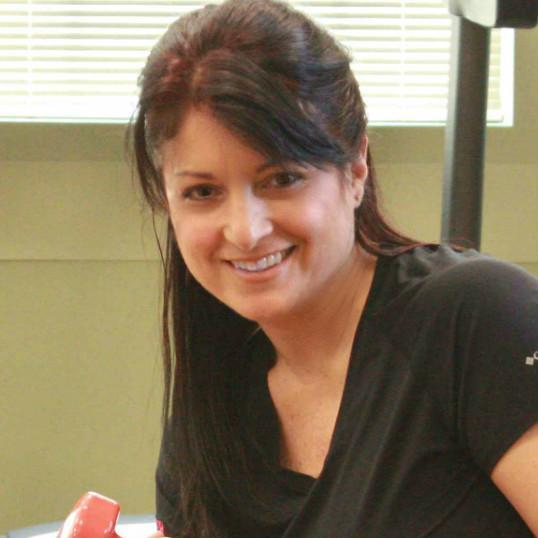
Gina works with clients that seek out a trainer to tailor an exercise plan to meet them where they are.
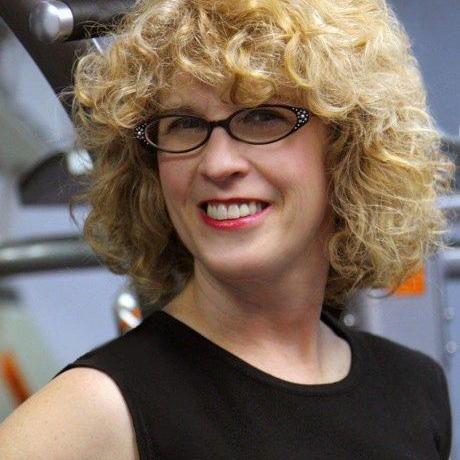
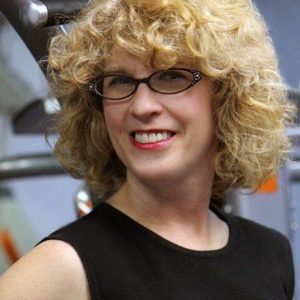 Name: Melanie D. Ludwig
Name: Melanie D. Ludwig
Location: Hilton Head Island, SC
Website: prestigefitnesshhi.com
Occupation: Personal Trainer
How did you hear about MFN?
I heard about the MFN throughout the years in industry publications.
How do you or your business help those with chronic disease/medical conditions or who need pre & postnatal care?
As a personal trainer who has been in the industry over 35 years, many of my clients have aged right alongside of me. Chronic diseases and conditions that are prevalent with aging became more common among my clients and before I knew it, I was the being referred to because of my ability to work with many of these. My goal is to make activity fit into the lifestyles of clients who have medical issues.
What makes you different from all the other fitness professionals out there?
What differentiates me from all the other fitness professionals in the area is that I have continually studied different diseases/conditions and never stop researching. I am also finishing my MS in Exercise Science: Wellness and Fitness this August. My insatiable quest for information and treating each client as an individual with attention to every detail of their case is why I am unique in my area. I have also watched personal trainers working locally and find that they are not as engaged with their clients as I am. I am very intense about watching every single movement a client makes so that he or she is using correct form and the correct muscle(s). I pay close attention to every detail.
What is your favorite activity or class to participate in?
I love Bikram yoga! I go once a week and it is my personal “reset button.” After 90 minutes of this moving meditation, I am relaxed and ready to tackle anything that comes my way! I also love niking here on the island and jogging on the beach.
What is one piece of advice that you would give other fitness professionals about working with special populations or those who need pre & postnatal care?
I have mentored hundreds of fitness professionals over the decades, and also had the honor of being an adjunct professor in Exercise Science at Manchester Community College in NH for 3 years. My number one piece of advice was that you need to enjoy the population that you work with. If you don’t enjoy working within a certain group, you are not doing anyone any favors by doing so. Follow your heart and your head!
What type of community activities are you involved in?
I just moved to HHI a few months ago and haven’t had a chance to get involved. I am looking forward to figuring that out once I get established. Probably the Boys and Girls Club to help prevent prediabetes with these children. The statistics on childhood obesity are beyond scary in the USA. I want to be part of preventing the onset of Type 2 Diabetes in our youth locally.
What is one of your favorite memories involving working with someone who has a health challenge or disability?
My favorite memory is of a client who suffered from a bout with encephalitis that left her with many health issues. She was also Type 2 Diabetic and had Hyperlipidemia. We were able to regain a great deal of her original balance and change her lifestyle to keep her medications to a minimum. She has since participated in many outdoor endurance fundraisers. She cried after each one as for months after her bout, she could hardly walk.
What would you like to see change/develop/emerge in the future of healthcare and the fitness industry?
I would like to see physicians and other allied health care professionals working with qualified personal trainers in a more preventative role. Many of my referrals come after they have developed conditions and diseases. I would also like to see a national board exam for personal trainers and a requirement of re-sitting for the boards every 3-5 years. I see our industry growing, but we need to “up our game” with more professional criteria.
And what are you doing to make this happen?
In the past I have talked with any medical professional that I could about exercise as preventative care, and that most people need more specific guidelines than just get out and walk and lose 10 pounds.
 What is your favorite fitness/inspirational/motivational quote?
What is your favorite fitness/inspirational/motivational quote?
Right now my favorite quote is “When you move beyond your fear, you feel free!” You need to get out of your comfort zone in order to grow…
Anything else we should know about you?
I am 58 years young, and still love being a personal trainer after 36 years! Leaving NH and starting over in Hilton Head has been a great experience for both my personal and professional growth. I am hoping to get another adjunct instructor position at a local college so that I can inspire young and aspiring fitness professionals to make a difference. I haven’t started a new business in decades and my love of working with aging baby boomers with health issues in a professional and effective way should set me apart from the other trainers in the area.
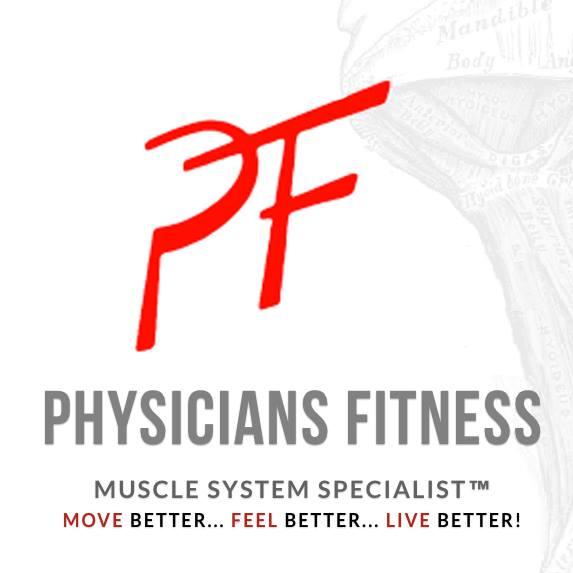
Physicians Fitness offers comprehensive assessments and one-on-one sessions geared towards the improvement and maintenance of high quality muscle function and motor control system capabilities.
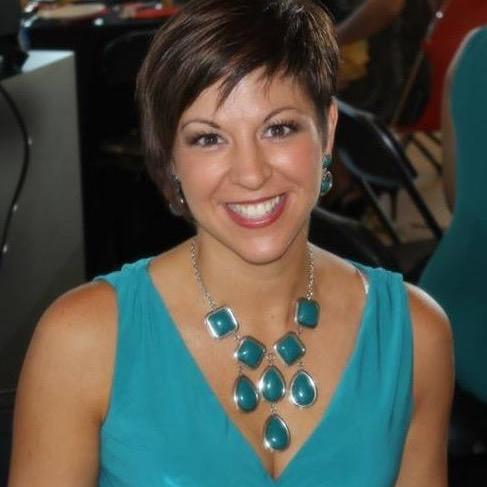
Jennifer Christophel’s expertise is exercise therapy and special populations; she has extensive training and is authorize to work with arthritis, osteoporosis, disc pathologies, SI joint dysfunction, cardiac patients, joint issues and replacements, pelvic floor dysfunction, fibromyalgia, ELS, cancer, recovering athletes and more.
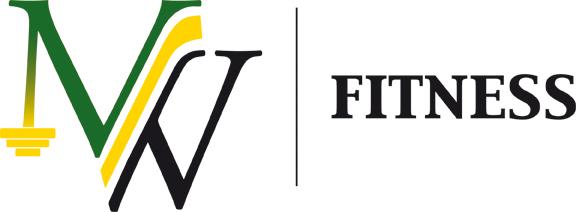
Move Well Fitness provides a very systematic and detailed fitness program that not only deals with the physical body, but, also nutrition and mindset.
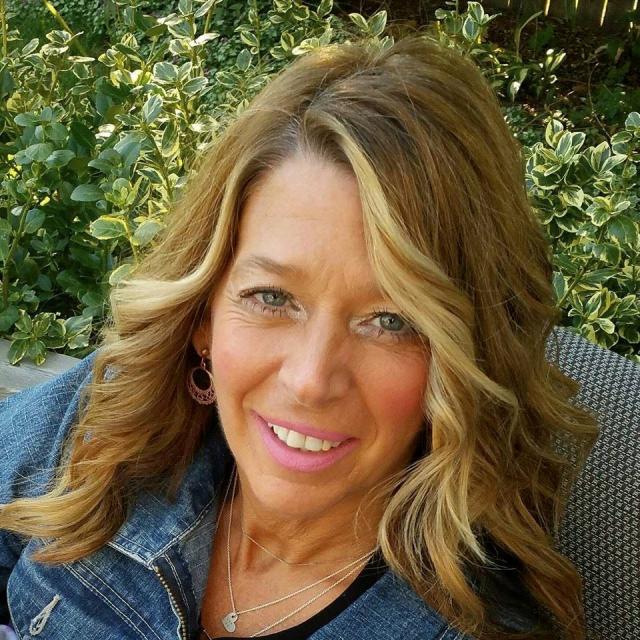
Christine Yanke is the first person in Canada to graduate from a program called Yogafit for Warriors. She teaches trauma-based yoga classes to those people who suffer from Post Traumatic Stress Disorder, emotional trauma or stress.